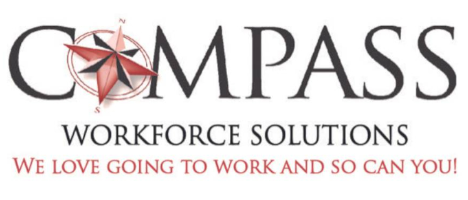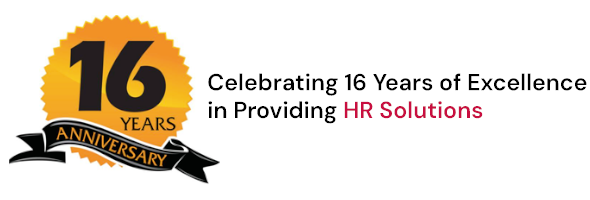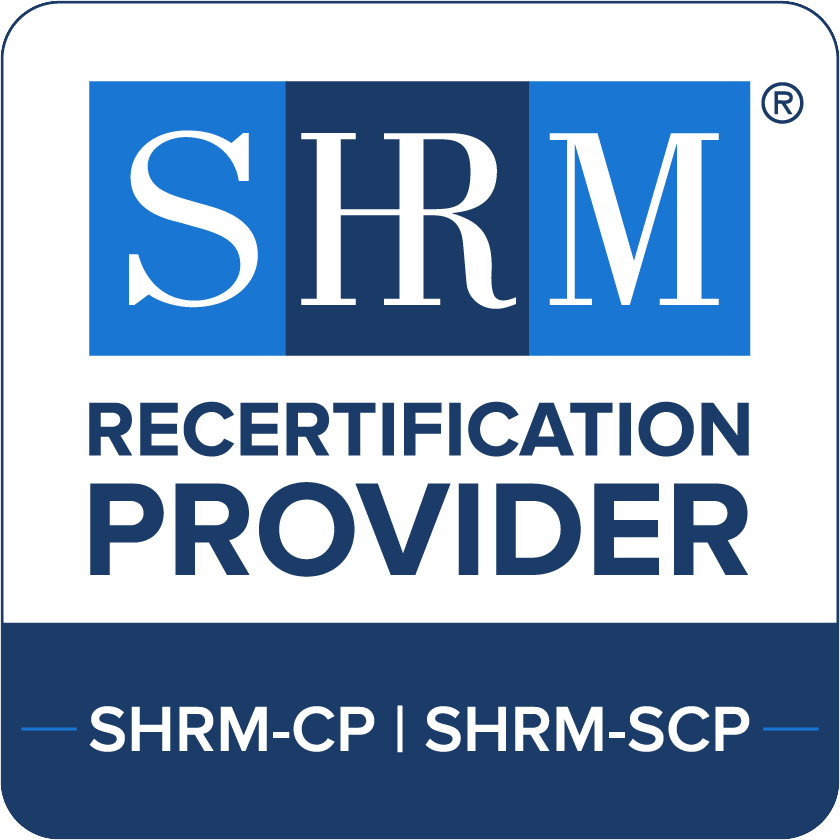 Everyone can agree that nothing is more essential to the success of your business or organization than having the right employees in the right positions. As a result of the pandemic, many qualified individuals are looking for new employment opportunities, and many organizations are restructuring and reimagining various job roles. In order to take advantage of this unique opportunity to bring in new talent, your employee selection process must be developed and carried out in a thoughtful and productive way.
Everyone can agree that nothing is more essential to the success of your business or organization than having the right employees in the right positions. As a result of the pandemic, many qualified individuals are looking for new employment opportunities, and many organizations are restructuring and reimagining various job roles. In order to take advantage of this unique opportunity to bring in new talent, your employee selection process must be developed and carried out in a thoughtful and productive way.
- Evaluating Your Organizational Structure
This process starts by doing an analysis of your organizational structure and determining whether you have all the right positions in place to get done the work that your company needs to get done to be successful. If you do not, new positions should be created and/or redefined, as necessary.
- Defining Your Organizational Roles
The next step is to create detailed job descriptions for each position, specifying the scope, duties and responsibilities of each position, as well as the KSAOs (the critical knowledge, skills, abilities, and other characteristics) necessary to perform each job.
- Assessing Your Organizational Capabilities
Once you have all the right jobs created, and defined the requirements needed to succeed in those roles, you need to determine which current employees have the experience and KSAOs required to perform the jobs satisfactorily and identifying any gaps you need to feel either by re-skilling current employees or hiring new talent. This is the state where assessment tools and behavioral interview techniques can really help you make the right choices.
The reality is that the more data points across multiple observations and from multiple sources you have about an employee or a candidate, the greater your confidence level that your final hiring decision will be the right one. To accomplish that, you can create and implement a consistent selection process that utilizes a mix of tools and methods for collecting data about a candidate. Some of those tools and methods may include:
- Using Off-the-Shelf Assessment Tools
Depending on the job and what you are trying to learn about a candidate, there are several different tools that can help you assess a candidate’s capabilities. The ones most typically used in employee selection are:
- Skill assessments. These types of assessments measure actual either soft or hard skills. They can be used to measure a candidate’s skill in a specific area such as computer programming or software development, math, typing, attention to detail or proficiency with a specific software application. These types of assessments can be helpful when we want to screen out candidates for “must have” prerequisite skills needed to perform the job.
- Behavioral style and personality assessments. These are tools that assess the behavioral competencies of candidates. By matching candidate profiles to targets you have established for each of your specific roles, you are able to get insight into how well a candidate “fits” with the role, the work environment and your company values and culture. (If you want to experience a behavioral assessment, feel free to take our free Predictive Index™ Behavioral Assessment by clicking here.)
- Incorporating Behavioral-based Questions in Your Interviews
Regardless of whether you are taking a structured or unstructured approach to your interviews, incorporating some good behavioral questions will give you good insights into the competencies, strengths, and potential weaknesses a candidate brings to the table. Asking candidates behavioral-based interview questions (“BIQs”) is one of the best ways to evaluate and choose between candidates who, at first glance, may seem equally qualified for the position.
- What are BIQs and why use them?
A typical BIQ asks the candidate to tell the interviewer about a specific incident involving a situation similar to one that the candidates might face in the job for which they are interviewing. Then the interviewer probes the candidate about how and why they did what they did in that situation. The argument in favor of using BIQs is based on the premise that past behavior is a reliable indicator of future behavior. BIQs allow you to assess an applicant’s role-specific competencies, such as: leadership, communication, time management, problem solving, teamwork, or working under pressure.
- Examples of BIQs
- Give me an example of a time you faced a conflict while working on a team. How did you handle that?
- Tell me about a time when you went out of your way to make sure a customer was pleased with your service.
- Give me an example of a time you made a process more efficient. How did you do it?
- Tell me about a time your responsibilities got a little overwhelming. What did you do?
- Tips for properly conducting and assessing a candidate’s answers to BIQs
- Give the applicant time to think before responding. It can be difficult to come up with examples on the spot.
- Ask follow-up questions until the applicant has fully described his/her behavior in a specific situation. Listen or probe for the STAR (i.e., Situation, Task, Action, Response) elements in a candidate’s answer.
- What was the situation or context you were operating under?
- What were you responsible for in that situation? What was your role?
- What did you do to address the situation? What did you think? What did you feel?
- What was the outcome or result of your actions in that situation?
- When interviewing a recent graduate or a candidate with little professional experience, they may not have an example from a work situation. Encourage them to use an example from a non-professional environment (e.g., study group, athletic team, or volunteer work).
- Watch for the “red flags” such as:
- “Canned” answers
- Hypothetical rather than real life examples
- No answer at all
Takeaway
Investing the time to establish a solid, defensible, and consistent selection process that uses appropriate tools, such as skills-based testing, behavioral style or personality assessments and/or BIQs, to gain relevant insight about each candidate you consider for a role will pay huge dividends in ensuring you get the right people in the right seats to deliver to your business objectives.












